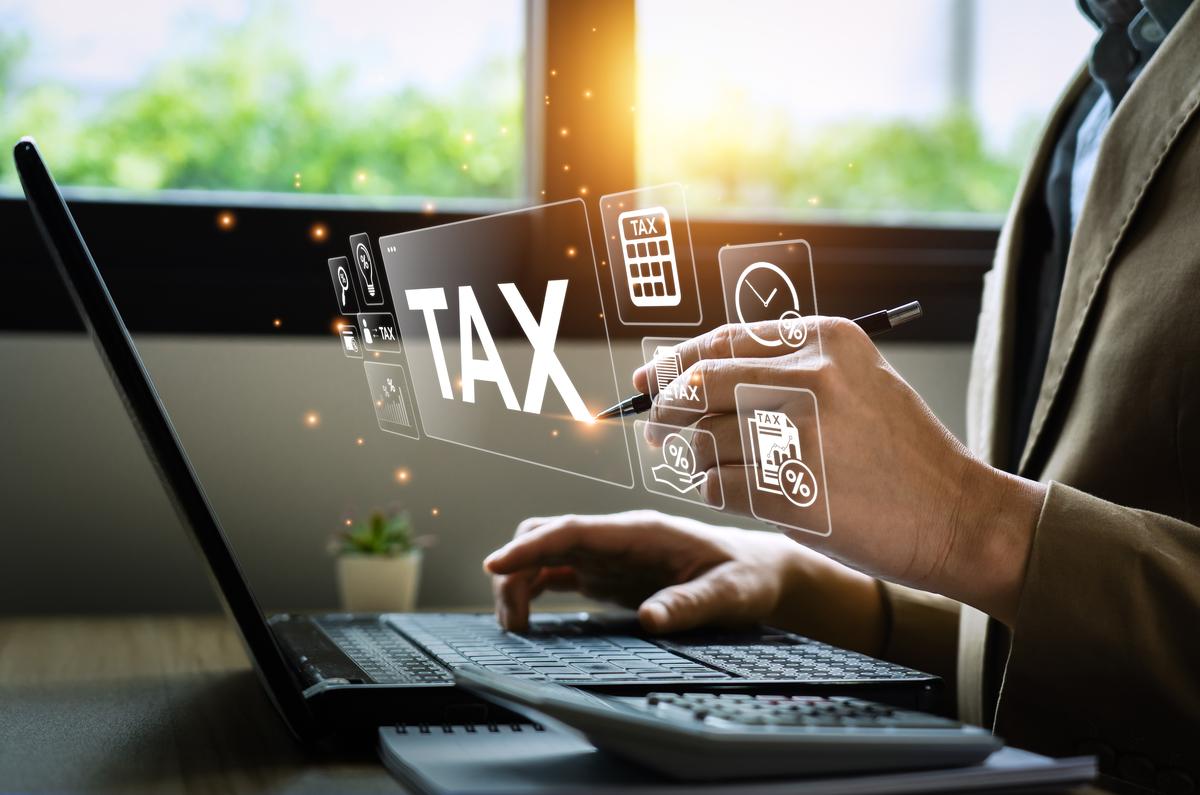Small Business Tax Deductions You Might Be Missing in 2025
Small business tax deductions 2025
Small business tax deductions 2025 are more valuable than ever, yet many entrepreneurs overlook them. Running a small business means wearing many hats, and tax planning often gets pushed to the back burner. Missing out on legitimate deductible expenses could cost you thousands each year—money that could instead fuel your business growth. Running a small business means wearing many hats, and tax planning often gets pushed to the back burner. But overlooking legitimate tax deductible expenses could cost you thousands of dollars each year. With recent updates to federal tax regulations and the standard mileage rate, 2025 presents new opportunities for business owners to reduce their tax bill and maximize their savings.
Many entrepreneurs miss out on valuable deductions simply because they don’t know what qualifies as a deductible expense. From home office setups to business meals, the IRS allows numerous write-offs that can significantly reduce your taxable income. Understanding these opportunities isn’t just about saving money—it’s about reinvesting those savings back into your business growth.
Let’s explore the most commonly overlooked small business tax deductions 2025 has to offer, so you can keep more of your hard-earned money working for your business.
Home Office Deduction: Your Workspace Can Save You Money
The home office deduction remains one of the most valuable yet underutilized tax benefits for small business owners. If you use part of your home exclusively for business purposes, you can deduct expenses related to that space from your federal taxes.
Eligibility Requirements
To qualify for the home office deduction, your workspace must meet two key criteria:
- Exclusive use: The space must be used only for business activities
- Regular use: You must use the space for business on a consistent basis
Consider Sarah, a freelance graphic designer who converted her spare bedroom into a dedicated office. She uses this room solely for client work, storing her equipment and meeting with clients. Since the room serves no other purpose, she qualifies for the full deduction.
Calculating Your Deduction
You have two options for calculating your home office deduction:
Simplified Method: Deduct $5 per square foot of your office space, up to 300 square feet (maximum $1,500 annually). This method requires minimal record-keeping but may result in smaller deductions.
Actual Expense Method: Calculate the percentage of your home used for business, then apply that percentage to qualifying home expenses like mortgage interest, property taxes, utilities, and repairs. For example, if your office occupies 10% of your home’s square footage, you can deduct 10% of eligible expenses.
Recent IRS guidelines for 2025 have clarified that temporary remote work arrangements may also qualify, making this deduction more accessible to hybrid workers and consultants.
Vehicle Expenses: Every Business Mile Counts
Transportation costs can add up quickly for business owners, whether you’re visiting clients, making deliveries, or traveling to networking events. The IRS offers two methods to deduct vehicle expenses, and choosing the right one can maximize your savings.
Standard Mileage Rate vs. Actual Expenses
For 2025, the standard mileage rate has been updated to reflect current economic conditions. This simplified method allows you to deduct a fixed amount per business mile driven, covering gas, maintenance, insurance, and depreciation in one easy calculation.
Alternatively, you can track actual vehicle expenses including:
- Fuel and maintenance costs
- Insurance premiums
- Registration and licensing fees
- Depreciation or lease payments
Take Marcus, a real estate agent who drives extensively to show properties to clients. He meticulously tracks his mileage using a smartphone app, logging 15,000 business miles annually. Using the standard mileage rate, he can claim a substantial deduction without the hassle of tracking individual receipts.
Record-Keeping Best Practices
Regardless of which method you choose, maintain detailed records including:
- Date and destination of each trip
- Business purpose
- Starting and ending odometer readings
- Total miles driven
- IRS Home Office Deduction Guide
Digital mileage tracking apps can automate this process, ensuring you capture every deductible mile while staying compliant with IRS requirements.
Business Meals: Networking That Pays Off
The rules surrounding business meal deductions have evolved significantly, and 2025 brings continued opportunities to write off dining expenses that serve legitimate business purposes.
What Qualifies as a Business Meal
Deductible expense categories for meals include:
- Client meetings over breakfast, lunch, or dinner
- Meals during business travel
- Employee meals during working sessions
- Networking events and business conferences
Consider Jennifer, a marketing consultant who regularly takes potential clients to lunch to discuss project details. These meals serve a clear business purpose beyond mere entertainment, making them eligible for deduction.
Current Deduction Rates
For 2025, most business meals are deductible at 50% of the cost. However, certain employee meals provided for the convenience of the employer may qualify for higher deduction rates.
Documentation Requirements
To claim meal deductions, maintain records showing:
- Amount spent
- Date and location
- Business purpose
- Names of people present
Receipts alone aren’t enough—the IRS requires proof of the business discussion or relationship that made the meal necessary.
Advertising Costs: Every Marketing Dollar Counts
Marketing and advertising expenses are fully tax deductible, yet many small business owners fail to capture all eligible costs. These deductions can significantly impact your bottom line while supporting business growth.
Qualifying Advertising Expenses
Deductible expense categories include:
- Website development and maintenance
- Social media advertising campaigns
- Print materials like business cards and brochures
- Trade show participation and booth rentals
- Professional photography for marketing materials
Lisa runs an online boutique and invests heavily in social media advertising to attract customers. She can deduct the full cost of her Facebook and Instagram ad campaigns, along with the professional product photography she commissioned for her website.
Digital vs. Traditional Marketing
Both online and offline marketing expenses qualify for deductions:
- Search engine optimization services
- Email marketing platform subscriptions
- Radio and television advertisements
- Billboard and print media advertising
- Promotional items and giveaways
The key requirement is that advertising must be ordinary and necessary for your business, with a clear connection to generating income or promoting your services.
Education Expenses: Investing in Your Business Knowledge
Continuing education that enhances your business skills or maintains professional credentials is fully tax deductible. This often-overlooked category can provide substantial savings while improving your expertise.
Qualifying Educational Activities
Deductible expense options include:
- Industry conferences and seminars
- Online courses and certifications
- Professional development workshops
- Trade publications and business books
- Professional association memberships
David, a marketing consultant, invests in learning the latest SEO strategies through online courses and industry conferences. Since these directly improve his ability to serve clients and stay competitive, all associated costs qualify as business deductions.
Travel and Accommodation for Education
When business education requires travel, you can also deduct:
- Transportation costs
- Hotel accommodations
- Meals during educational events (at 50%)
However, education must be directly related to your current business—you cannot deduct costs for learning entirely new skills unrelated to your existing operations.
Retirement Contributions: Securing Your Future While Saving Now
Self-employed individuals and small business owners have access to powerful retirement savings vehicles that provide immediate tax deductible benefits while building long-term wealth.
SEP-IRA for Business Owners
Simplified Employee Pension (SEP) IRAs allow business owners to contribute up to 25% of their net self-employment earnings, with contribution limits that far exceed traditional IRAs.
Consider Robert, a sole proprietor consultant who earned $80,000 in net business income. He can contribute up to $20,000 to a SEP-IRA, immediately reducing his taxable income while building retirement savings.






